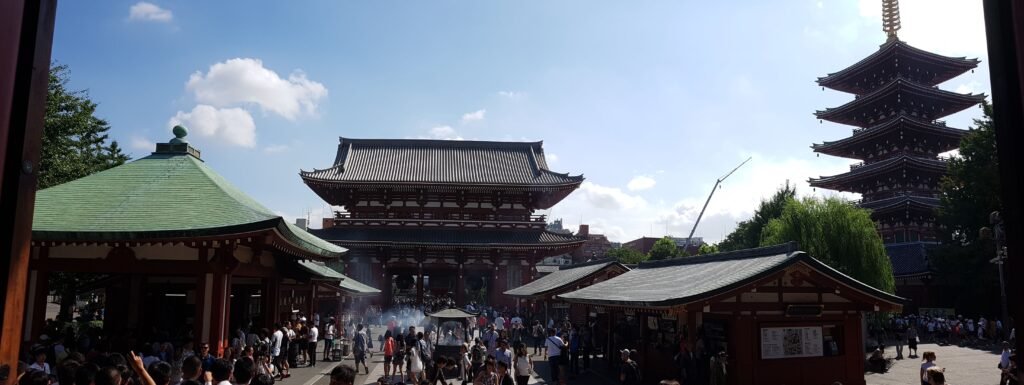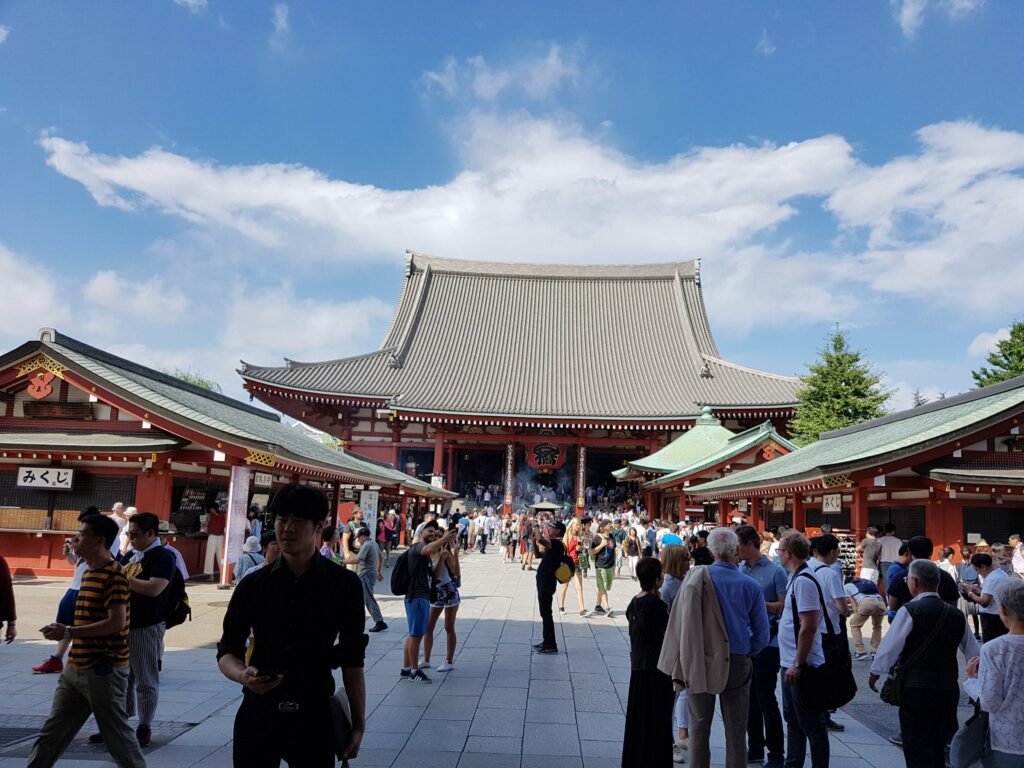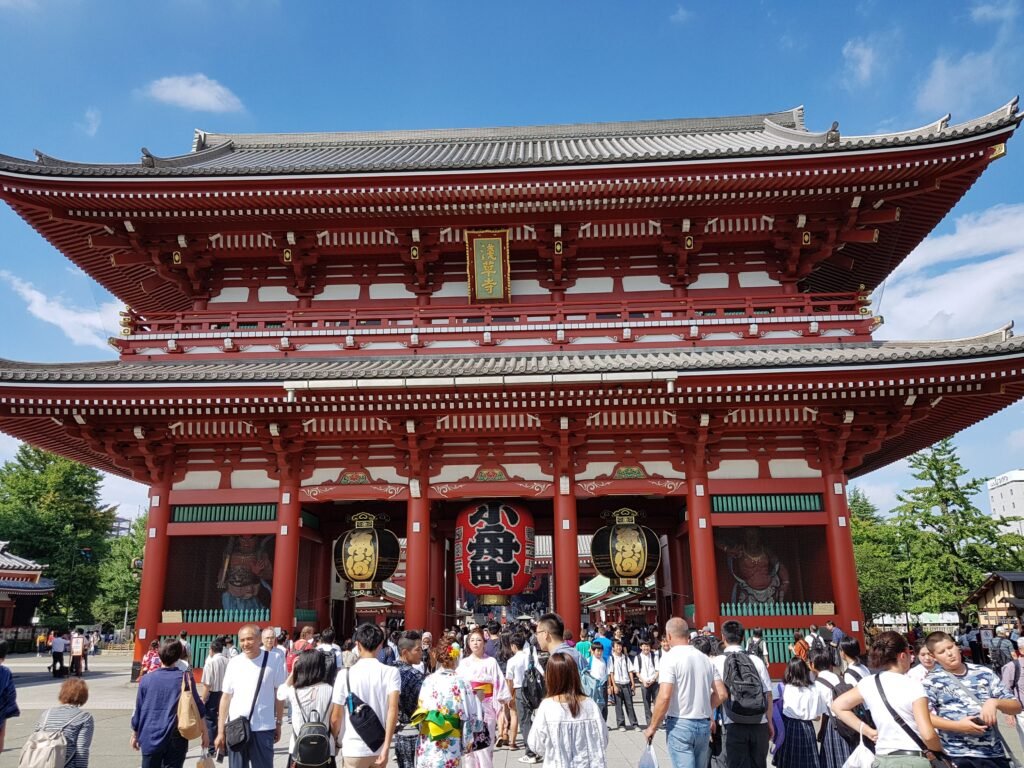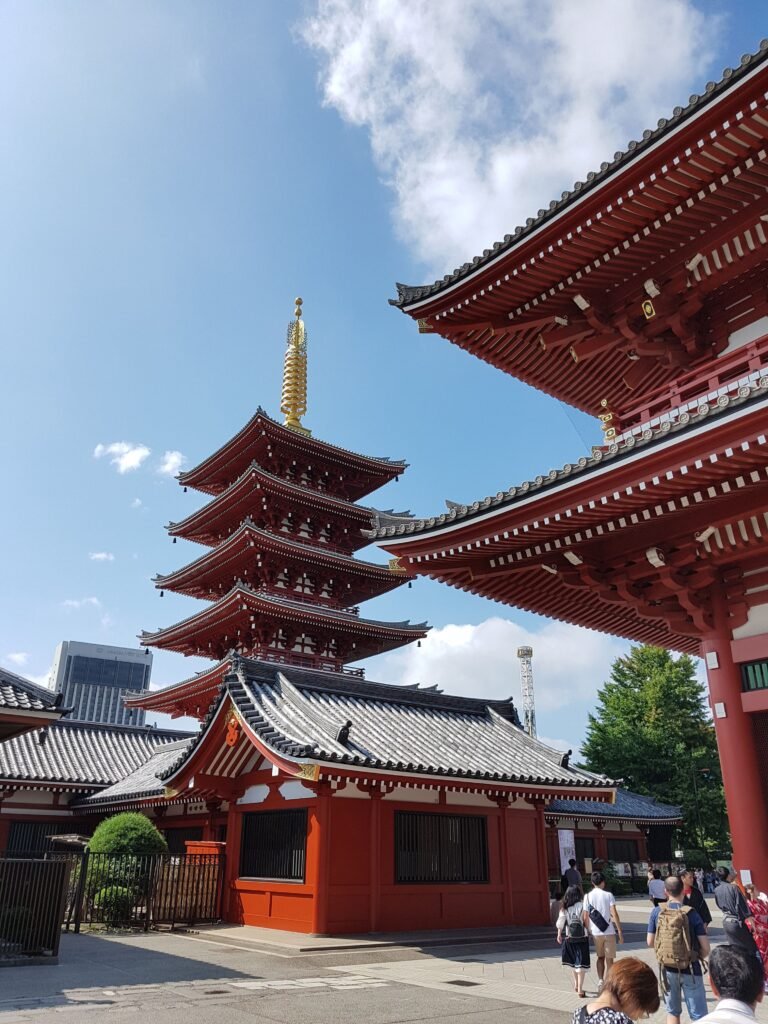Senso-ji, as a Buddhist temple, also offers a variety of omamori (お守り). Although often associated with Shinto shrines, omamori are also a common practice in Buddhist temples. At Senso-ji, omamori are considered talismans containing the blessings of
Kannon. They are designed to offer protection, health, success, and safety to the faithful. You can find omamori for all occasions, from academic success to road safety.
In conclusion, Senso-ji is not just a tourist attraction; it is a place of living spirituality that has stood the test of time. It tells a story of faith, resilience, and the harmony between Japan’s different beliefs. Every gate, every ritual, every step inside its grounds is an invitation to connect with the soul of Asakusa and the spiritual heritage of Japan. For lovers of omamori, acquiring a talisman at Senso-ji means taking with you a piece of history and the blessings of
Kannon, a true guardian of the Japanese soul.



